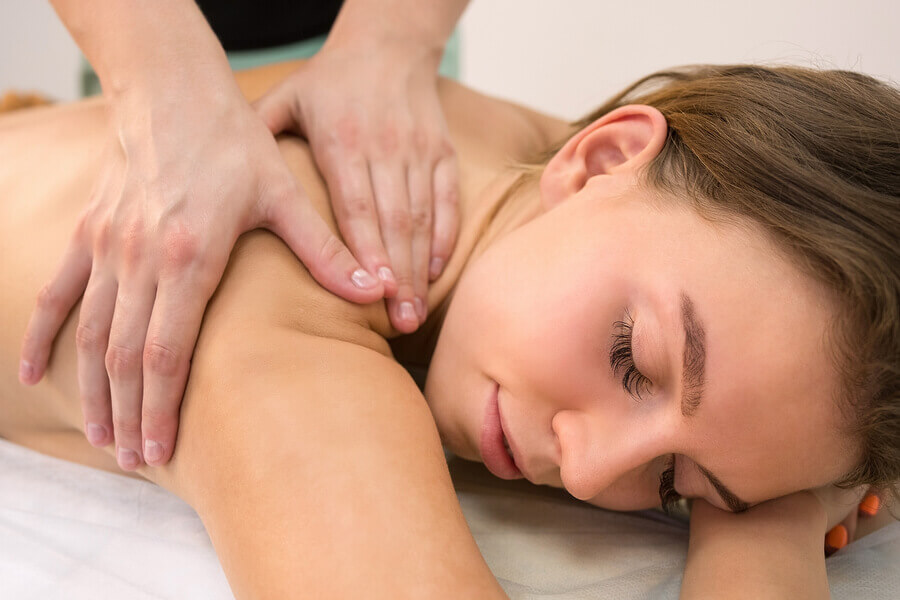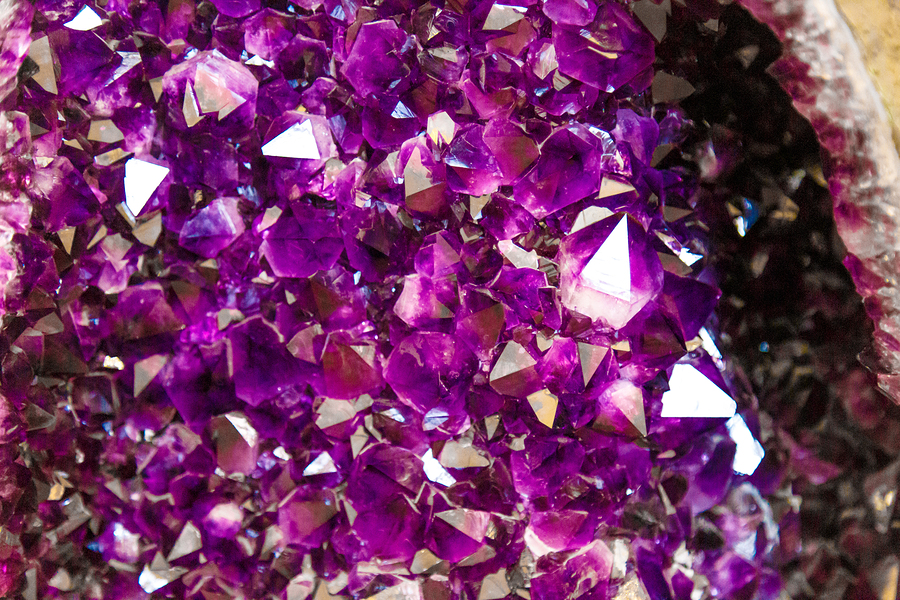Our Services
Types of Massage
 Relaxation
Relaxation
A good relaxation massage is a quiet, soothing massage with gentle pressure that allows the body to completely relax. It relieves stress and tension in your muscles and will leave you with a sense of wellbeing. It improves your circulation by giving your organs and skin more oxygen, and it moves fluid through your lymphatic system. Many people typically fall asleep or get in a zone similar to a meditation state.
Relaxation is good for anybody who is a very high-stress person or who has a lot of anxiety; someone who basically needs to get away from the chaos. People who have never had a massage, or who haven’t had a massage in a long time may need to start with this type depending on how the muscles handle the pressure.
 Swedish
Swedish
Swedish massage is one of the most commonly offered massage techniques, sometimes called a “classic massage”. Swedish massage promotes relaxation by releasing muscle tension. Typically more pressure than a relaxation massage, but also gentler than deep tissue massage. Swedish is better suited for people interested in relaxation and tension relief.
This type of massage focuses on muscle relaxation, targeting superficial muscles, rather than the connective tissues targeted in deep-tissue massage, and increasing blood circulation. Swedish massage can be an effective method for managing pain in a natural way using various types of techniques:
- Effleurage: Long gliding movements
- Petrissage: Lifting and kneading of muscles
- Tapotement: Percussion type technique
- Friction: Rubbing motion typically creating heat
- Vibration: Rapid shaking of specific muscles
*These techniques can be done slower or faster, also with gentle or deeper pressure depending on the massage.
 Deep Tissue
Deep Tissue
Deep tissue massage is mainly used to treat muscle and tendon injuries, pain and stiffness in your major muscle groups and joints.
It involves applying sustained pressure using slow, deep strokes to target the inner/deeper layers of your muscles and connective tissues. Rather than using just the palm of the hands, I typically use individual fingers to apply specific pressure on a certain point and also use my forearms and elbows to apply a more intense pressure. This helps to break up scar tissue that forms following an injury and reduce tension in muscle and tissue.
Deep tissue massage is best suited for people who engage in highly physical activities, such as running, or those who have an injury or chronic pain. If you have a low pain threshold or are looking for relief of tense muscles, Swedish massage is gentler and may be a better option.
 Aromatherapy
Aromatherapy
An aromatherapy massage includes all the benefits of a regular massage, with the added benefit of essential oils tailored to your specific needs. Your health history and the information you relay to your massage therapist will determine which oils are chosen to give you the best results.
Aromatherapy is probably my favorite massage of all. I use doTERRA Essential Oils that are quality tested, and I don’t charge an additional fee. Knowledge of essential oils and what they are used for can greatly enhance your typical massage.
The doTERRA oils are used automatically in a diffuser and topically with a carrier cream. Inhaling the aromas aromatically can stimulate areas of your limbic system, which is a part of your brain that plays a role in emotions, behaviors, sense of smell, and long-term memory.
Applying Oils Topically
Essential oil molecules are extremely tiny, so they are able to penetrate the skin through hair follicles, pores, and sweat glands. From there they reach lymph nodes and blood capillaries, which then transport them throughout the body by the circulatory system.
Popular Oils
Lavender, Lemon and Peppermint are the go-to starter essential oils. They’re perfect to start using for common, every-day purposes.
- Lavender: helps you sleep better, soothes sunburn, and chapped lips.
- Lemon: lifts your mood, helps cleanse and detoxify the body, and good as a natural cleanser.
- Peppermint: makes you alert and energized, soothes upset stomach or nausea, and can cool you down when applied to the neck.
 Reflexology
Reflexology
Reflexology is an application of appropriate pressure to specific points and areas on the hands, feet, and ears. These reflex points correspond to different organs and systems throughout the body. This causes the body’s natural electrical energy (that works along the nervous system) to clear any blockages in the corresponding zones. Pressure applied to any part of a zone will affect the entire zone and can be stimulated by working any reflex in that same zone.
Reflexology removes stress, activating a parasympathetic (nervous system) response in the body to enable the blockages to be released. With stress removed and circulation enhanced, the body is allowed to return to a state of homeostasis.
Reflexology comes in handy when a certain part of the body cannot be touched. It also helps when the fascia (an extremely fibrous tissue covering the entire body) is so tight, the therapist can’t get to the muscles.
 Pregnancy
Pregnancy
Prenatal massage is a therapeutic massage that focuses on the special needs of the mother-to-be as her body goes through the dramatic changes of pregnancy. It enhances the function of muscles and joints, improves circulation, and relieves mental and physical fatigue.
Pregnancy massage typically consists of Relaxation and Swedish massage to ease discomfort and help prepare for labor and give her nurturing, emotional support. During pregnancy massage, I use three pillows to position a woman comfortably on her side. This helps especially during the later stages of pregnancy, when lying on your side is often the most comfortable position.
Some of the best benefits of pregnancy massage:
- Alleviates stress on weight-bearing joints.
- Soothes and relaxes the nervous system by releasing endorphins into the mother’s body. As a result, the expectant mother feels more relaxed and at ease, and will also sleep more easily and more deeply.
- Supports the return of blood to the heart and increases blood flow to the uterus and placenta. With the enormous demands placed on the circulatory system during pregnancy, blood volume may increase up to 60 percent compared to pre-pregnancy levels. As pregnancy progresses and the uterus enlarges and presses deep into the pelvic area, blood return to the heart is more difficult.
- Prepares the mother-to-be for an easier delivery with its sedating effect on the nervous system, promoting relaxation and stress relief.
NOTE: Mosaic Massage does not offer couples massages.
Schedule a massage today




